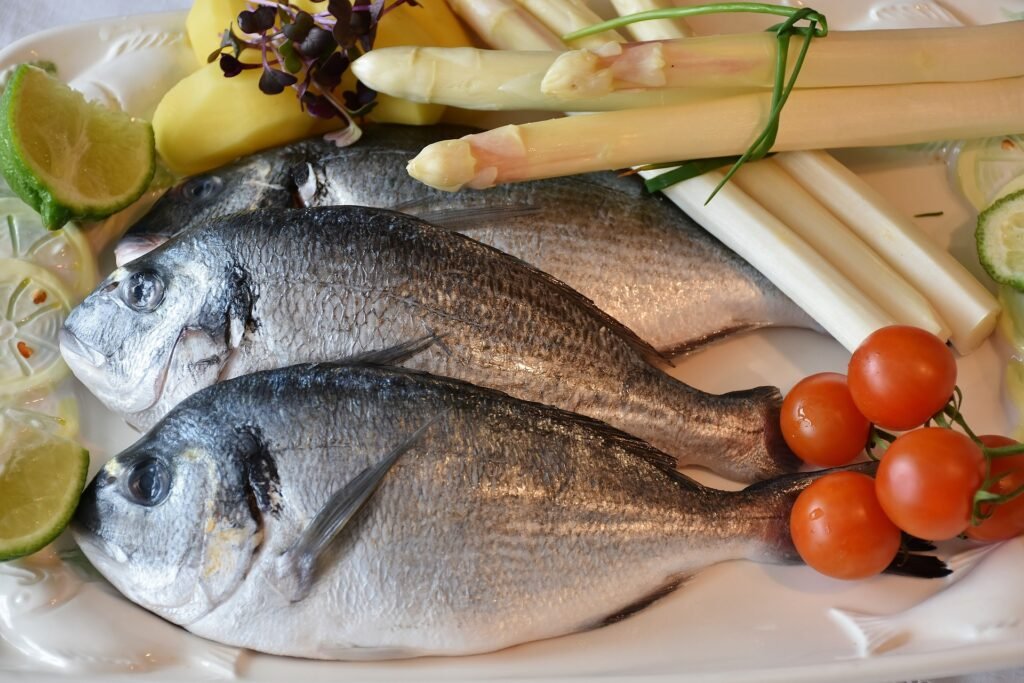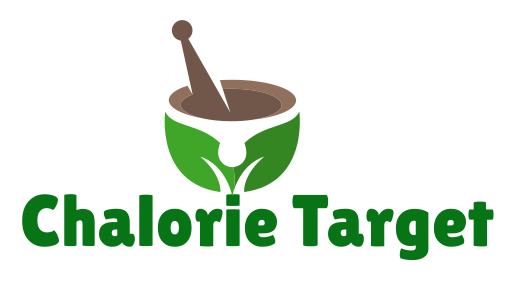
Welcome to “Hooked on Seafood,” where we dive into the world of sustainable fishing practices and seafood sources. In this blog, we’ll explore the importance of responsible fishing methods and how they contribute to preserving marine ecosystems and ensuring a steady supply of seafood for future generations. Whether you’re a seafood enthusiast looking to make informed choices or a concerned citizen eager to support environmental conservation efforts, “Hooked on Seafood” is your guide to navigating the complexities of seafood sustainability in an accessible and informative way.
Understanding Sustainable Fishing
Understanding Sustainable Fishing is crucial for safeguarding the health of our oceans and the longevity of seafood populations. Sustainable fishing practices prioritize the well-being of marine ecosystems by ensuring that fishing activities are conducted in a manner that maintains the balance of fish stocks and minimizes harm to non-target species and habitats. By adopting methods such as selective harvesting, habitat protection, and seasonal closures, sustainable fishing aims to promote the resilience and stability of marine ecosystems while supporting the livelihoods of fishing communities around the world.
Types of Sustainable Seafood
When it comes to Types of Sustainable Seafood, there is a diverse array of options to explore, from wild-caught fish to responsibly farmed shellfish. Sustainable seafood encompasses a variety of species that are harvested or produced in ways that minimize environmental impact and ensure long-term viability. By choosing seafood that is certified by reputable sustainability standards such as the Marine Stewardship Council (MSC) or the Aquaculture Stewardship Council (ASC), consumers can make informed decisions that support healthy oceans and thriving fisheries.
Environmental Impact of Seafood Consumption
The Environmental Impact of Seafood Consumption extends beyond the depletion of fish stocks to include issues such as habitat destruction, pollution, and carbon emissions associated with fishing activities and seafood production. As consumers, we have the power to mitigate these impacts by choosing sustainable seafood options that are harvested or produced using environmentally friendly practices. By reducing our reliance on unsustainable fishing methods and supporting initiatives that promote responsible seafood sourcing, we can help protect marine biodiversity and preserve the health of our oceans for future generations.
Supporting Local and Community-Based Fisheries
Supporting Local and Community-Based Fisheries is an effective way to promote sustainability while also contributing to local economies and cultural heritage. Local fisheries often employ small-scale, low-impact fishing methods that prioritize environmental stewardship and community engagement. By purchasing seafood directly from local fishermen or supporting community-supported fisheries (CSFs), consumers can forge connections with their food sources and play a role in preserving traditional fishing practices and coastal livelihoods.
Innovative Solutions for Sustainable Seafood
Innovative Solutions for Sustainable Seafood are continuously being developed to address the complex challenges facing global fisheries and aquaculture operations. From advancements in technology, such as remote sensing and data analytics, to the implementation of ecosystem-based management approaches, innovative solutions are helping to improve the sustainability and efficiency of seafood production systems. By embracing innovation and supporting research and development efforts, we can drive positive change and shape a more sustainable future for seafood.
Advocacy and Action for Sustainable Seafood
Advocacy and Action for Sustainable Seafood are essential for effecting meaningful change at both the individual and collective levels. By raising awareness about the importance of sustainable fishing practices and advocating for policies that promote environmental conservation and social responsibility, concerned citizens can help drive systemic improvements in seafood supply chains and industry practices. Whether through grassroots activism, consumer education campaigns, or policy advocacy efforts, everyone has a role to play in advancing the cause of seafood sustainability.
Conclusion
In conclusion, “Hooked on Seafood” has provided a comprehensive overview of sustainable fishing practices and seafood sources, highlighting the importance of responsible stewardship and collective action in safeguarding the future of our oceans. By making informed choices, supporting local fisheries, embracing innovation, and advocating for change, we can all contribute to a more sustainable and equitable seafood industry that benefits both people and planet. Together, let’s continue to explore and enjoy the bounty of the sea while preserving it for generations to come.
